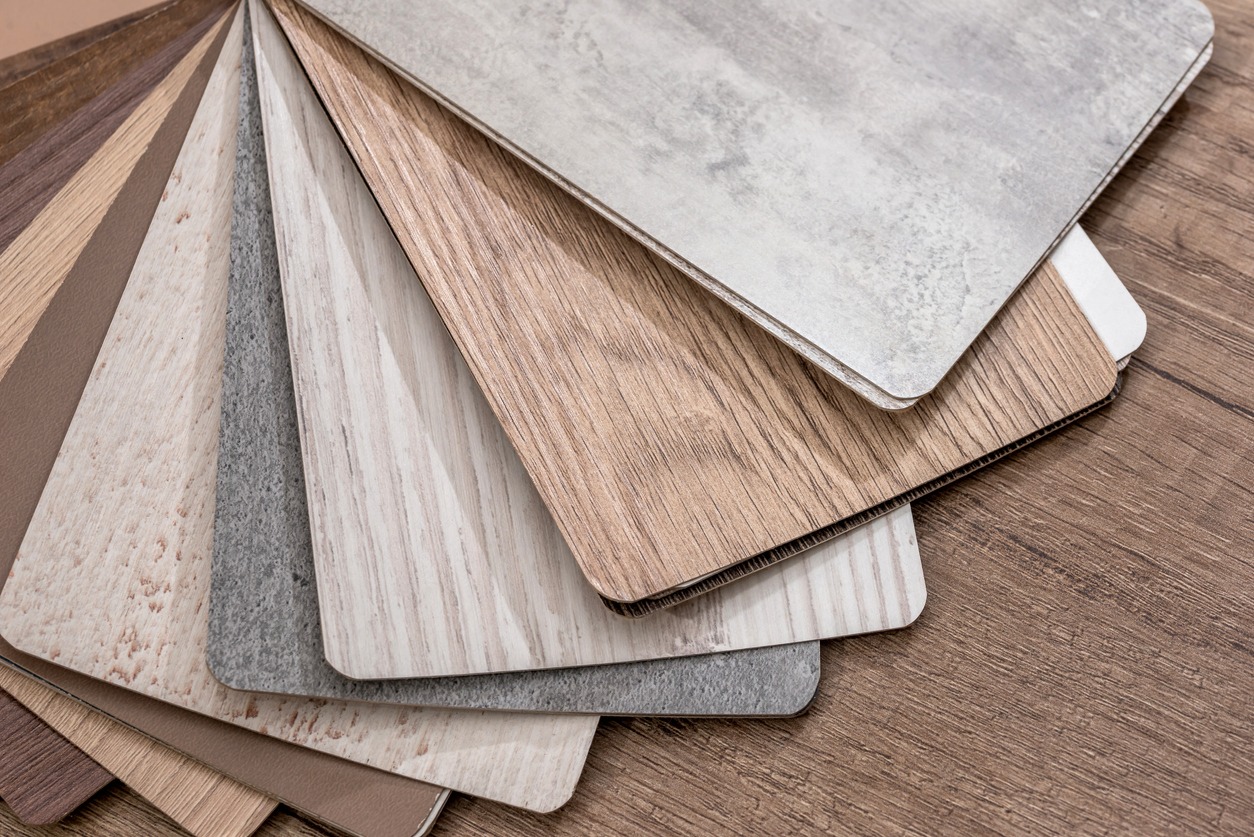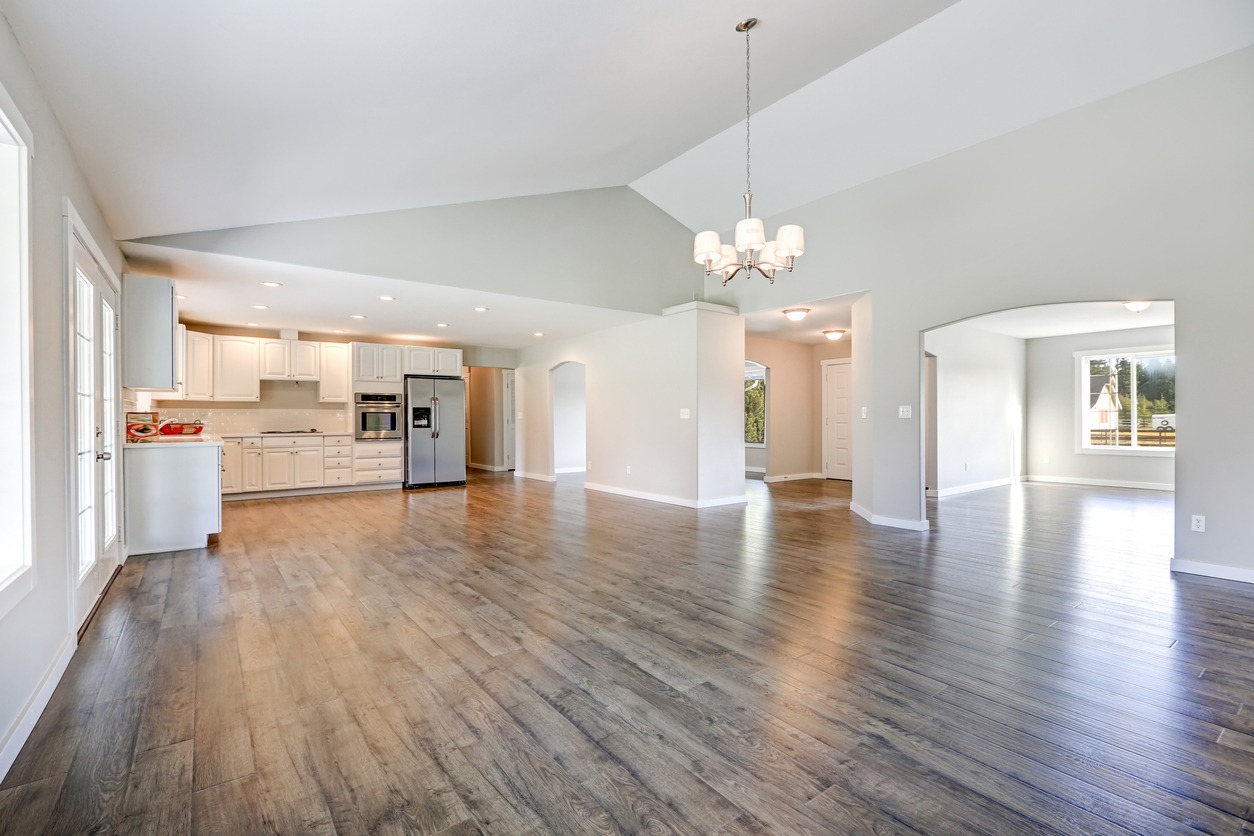If you are on the market for new flooring, it is easy to take all of the available options for granted. But one type of flooring material stands out as both difficult to define and yet so functional at the same time. It is not fully organic like hardwood flooring, nor textile-like carpeting. So what is laminate flooring?
Acoustic Flooring is one of the best flooring for your home that makes your floor more durable.
The flooring pros at cosmaroma.com help us understand more about laminate and why it makes an excellent floor covering. We share some of those insights below.
Laminate Floor Basics
Laminate floors have been around for a very long time. But they have evolved from the basic sheeting available in limited patterns in 1977. Equally important in installing laminate floors is applying laminate flooring underlay to ensure the laminate planks smoother and it also provides vapor barrier and cushioning to prevent the flooring from accumulating moisture that may result in mold growth. The underlay for laminate flooring can keep up when it does, protecting your flooring from noise, underfloor heating, insulation, and avoid warping.
Today, they consist of multiple layers of purpose-driven materials in a hybrid product. The first layer is the particleboard base, typically made of wood. On top of this wood is an image layer. The top layer is a transparent coating that protects the image from wear and provides a shine or matte laminated finish.
The most common rooms for laminate floor covering include kitchens, dining areas, living rooms, hallways and bedrooms. Laminate works less effectively in areas of excessive moisture or potential for flooding. For this reason, most people avoid placing the material in bathrooms or laundry rooms.
Benefits and Drawbacks of Laminate Floors
Laminate floors have great benefits and few drawbacks. This is why you can find flooring in so many residential and commercial properties.
Benefits:
- Easy cleaning
- Scratch-resistant
- Excellent for pet owners
- Great for homes with children
- Inexpensive in comparison with other types of flooring
Drawbacks:
- Moisture can cause damage within the flooring layers
- Easily chips
- Not suited to bathrooms or laundry rooms
Materials Used to Make Laminate Floors
Although many marketers refer to laminate floors as laminate wood flooring, this is a misnomer. They only contain pressed wood particles from chips leftover in wood production processes or specifically created for this purpose. Additionally, the flooring can have the appearance of being wood planks. But this is simply a photograph or artistic rendering of wood beneath a clear top layer.
The wood particleboard used in making laminate floors is durable. It achieves this durability through the manufacturing process. The wood particles are aggregated, then pressed into sheets using extremely high pressure. The image is glued to the top of the wood layer, then covered with a thin yet durable plastic sheet. This sheeting keeps moisture, dirt, IV rays, scratches and other damaging elements off of the image.
The good news is that the top layer resists damage. It is basically impervious to pet claws, chair scuffs and high heels. The images used to create the image layer appear so realistic that you must closely inspect the flooring to see it is not real wood, stone or other surfacing.
Installation
Laminate flooring installation is done as a floating floor. This means that the laminate floorboards connect to each other using a modified tongue-and-groove system, just like hardwood flooring. They also do not connect to the subfloor of your home, like hardwoods. These floors are much less expensive to install than hardwood flooring, however. Boards either snap together or glue together to form planks.
Laminates require subflooring and underlayment, like any other floor covering. This is generally an underlayment of felt or foam placed on top of the subfloor. Laminate floors are installed on top of the underlayment. This creates a softer feeling underfoot. If your home does not have adequate subflooring, thin plywood placed before the underlayment can create the right base for the multi-layer installation.


